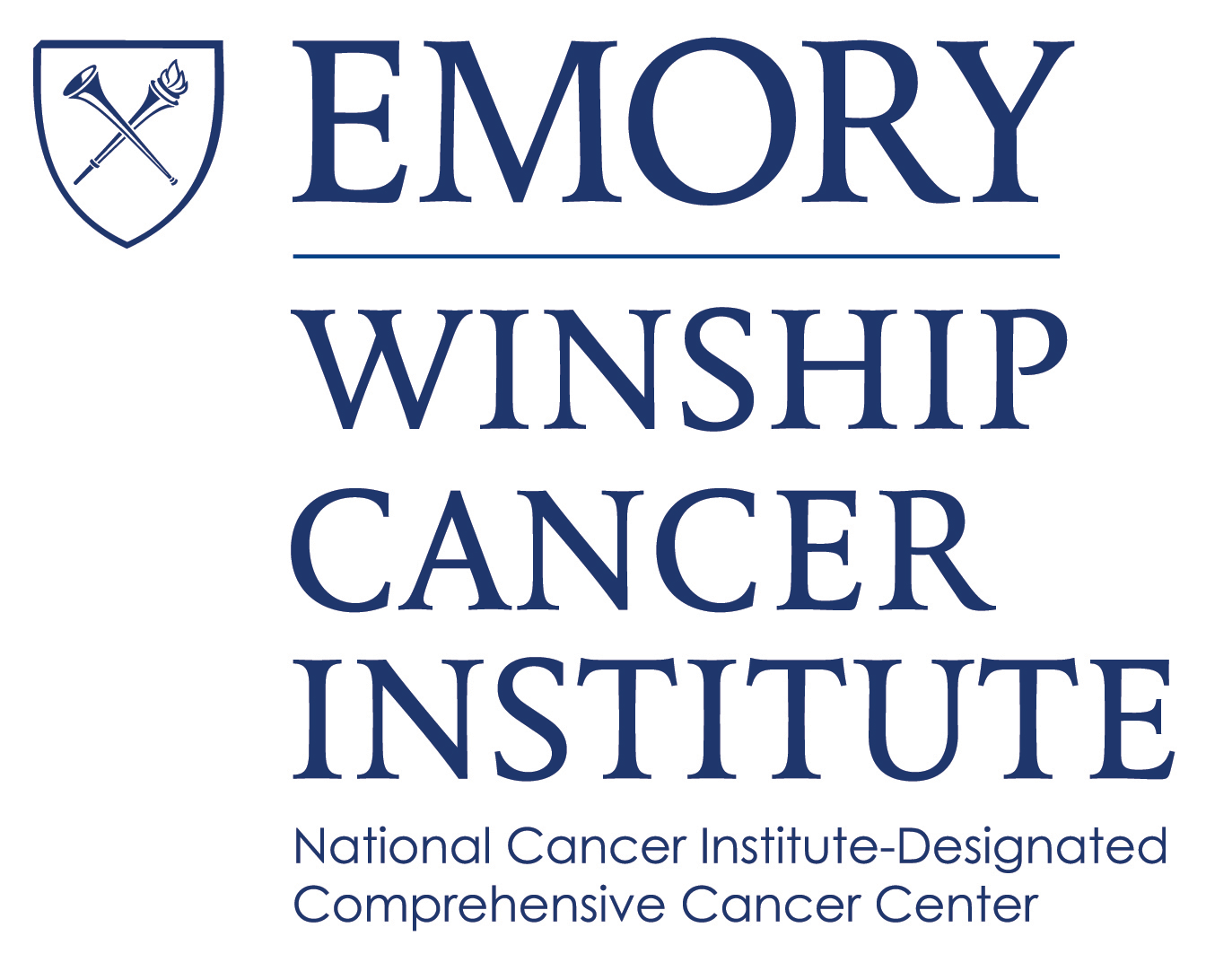- Advertise
- About OncLive
- Editorial Board
- MJH Life Sciences brands
- Contact Us
- Privacy
- Terms & Conditions
- Do Not Sell My Information
2 Clarke Drive
Suite 100
Cranbury, NJ 08512
© 2025 MJH Life Sciences™ and OncLive - Clinical Oncology News, Cancer Expert Insights. All rights reserved.
Osimertinib Potential Emerges in EGFR T790M-Mutant NSCLC
Osimertinib, an EGFR tyrosine kinase inhibitor (TKI), is quickly emerging as a therapeutic option for patients with EGFR-mutant non-small cell lung cancer (NSCLC) who develop the acquired resistance mutation T790M.
Suresh S. Ramalingam, MD
Osimertinib (Tagrisso), an EGFR tyrosine kinase inhibitor (TKI), is quickly emerging as a therapeutic option for patients with EGFR-mutant non-small cell lung cancer (NSCLC) who develop the acquired resistance mutation T790M.
Treatment with osimertinib reduced the risk of disease progression by 70% compared with a chemotherapy doublet regimen for patients with EGFR T790M-mutant NSCLC who progressed after first-line targeted therapy1,2. These findings, which come from the phase III AURA3 trial, were presented during the IASLC 17th World Conference on Lung Cancer and were published in The New England Journal of Medicine.
Furthermore, patients treated with osimertinib in the trial achieved a median progression-free survival (PFS) of 10.1 months (95% CI, 8.3-.12.3) compared with 4.4 months (95% CI, 4.2-5.6) for those who received a platinum agent plus pemetrexed (HR, 0.30 P < .001). The objective response rate with osimeritnib was 71% versus 31% for chemotherapy (odds ratio, 5.39; 95% CI, 3.47-8.48; P < .001).
Osimertinib was granted an accelerated approval by the FDA in November 2015, along with an accompanying diagnostic for patients who harbor the T790M mutation whose disease has progressed after being treated with an EGFR inhibitor.
The EGFR TKI will be further investigated in the frontline setting in the phase III FLAURA trial.
OncLive: What are the updated findings with the AURA3 trial presented here in Vienna?
In an interview with OncLive, Suresh S. Ramalingam, MD, a professor in the Department of Hematology and Medical Oncology, Roberto C. Goizueta Distinguished Chair for Cancer Research, at Winship Cancer Institute at Emory University, and an investigator on both the AURA3 and FLAURA studies, discusses the major findings of AURA3 study and delves into the enthusiasm surrounding osimertinib’s first-line potential in the FLAURA trial.Ramalingam: Osimertinib is a third-generation EGFR inhibitor that has recently received accelerated approval from the FDA for treatment of patients with acquired resistance to an EGFR TKI. These are patients who developed the T790M mutation, which happens in 50% to 60% of the patients who develop resistance to erlotinib (Tarceva), gefitinib (Iressa), or afatinib (Gilotrif).
Now, what we heard here are the results of the phase III clinical trial that compared osimertinib with chemotherapy. This phase III trial was done in a 2:1 randomization. Patients with acquired resistance, based on the T790M mechanism of resistance, were randomized to osimertinib or platinum-based chemotherapy plus pemetrexed. The primary endpoint was PFS.
What are the next steps following these results?
The study showed, clearly, that patients who received osimertinib had a significant improvement in PFS. It was nearly 10 months for patients who received osimertinib compared with 4.5 months with patients who received chemotherapy. The results were statistically significant. This held up even in the independent radiographic assessment, where the hazard ratio was 0.28. Based on this trial, we can now say that osimertinib is the standard of care for the treatment of patients with the EGFR mutation who develop acquired resistance with the T790M mutation mechanism.The AURA3 results reported here included the response rate, which was higher for osimertinib, and PFS. Patients were allowed to cross over from chemotherapy to osimertinib, so that would definitely affect the survival results. However, we will see the survival results mature in the upcoming months to 1 year or so.
How about this agent’s potential in frontline, which is being explored in the FLAURA trial?
We also learned that the adverse event profile of osimertinib was very favorable—with minimal grade 3 toxicities—which also lends this agent to combination approaches that can be developed from here onwards.The other area that this agent is being developed is in the first-line setting for patients with EGFR mutation-positive disease. Earlier this year, we had presented results of a phase I expansion cohort, where about 60 patients with newly diagnosed stage IV disease with an EGFR mutation received osimertinib as frontline therapy; the median PFS was 19.3 months.
What are the remaining challenges with osimertinib that need to be addressed?
Now, there is a randomized phase III trial that compares osimertinib with erlotinib or gefitinib in the first-line setting. That would be a step forward if we can show that osimertinib meaningfully improves PFS in the frontline space.Osimertinib is a relatively new drug in the EGFR landscape. Therefore, we are beginning to learn about what happens when patients develop resistance after being treated with osimertinib. What are the potential molecular mechanisms? That is an area we have a lot to learn about. Hopefully, we will come up with new ways to treat those patients who develop resistance to osimertinib.
References
- Papadimitrakopoulou V, Wu YL, Ahn M, et al. Randomized phase III study of osimertinib vs platinum-pemetrexed for EGFR T790M-positive advanced NSCLC (AURA3). Presented at: IASLC 17th World Conference on Lung Cancer; December 4-7, 2016; Vienna, Austria.
- Mok TS, Wu YL, Ahn MJ, et al; the AURA3 Investigators. Osimertinib or platinum—pemetrexed in EGFR T790M–positive lung cancer [published online December 6, 2016]. N Eng J Med. doi:10.1056/NEJMoa1612674.


